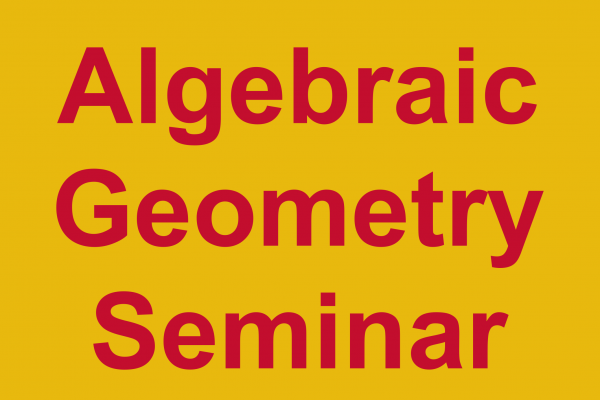
Title: A mirror theorem for Gromov-Witten theory without convexity
Speaker: Jun Wang - The Ohio State University
Abstract: One central question in Gromov-Witten (GW) theory is to relate the GW invariants of a hypersurface to the GW invariants of the ambient space such as smooth projective variety or orbifold. In genus zero, this is usually done by the so-called quantum hyperplane principle, which uses the twisted GW invariants of the ambient space. This is analogous to the classical theorem that the number of lines inside a cubic surface can be obtained by computing the Euler number of a certain vector bundle on the space of lines inside \mathbb P^3 (which is the Grassmannian G(2,4)). But this approach requires a technical assumption called convexity for the line bundle over the ambient space defining the hypersurface, which can fail for hypersurfaces in orbifolds. In this talk, I will present a way to obtain the genus zero GW invariants of a positive hypersurface in Toric stacks for which the convexity may fail. One key ingredient in the proof is to resolve the genus zero quasimap Wall-Crossing (WC) conjecture proposed by Ionuţ Ciocan-Fontaine and Bumsig Kim, where we don't require the target to be carried with a good torus action as opposed to all previously proven WC examples (or hypersurfaces for which the convexity holds thereof).
